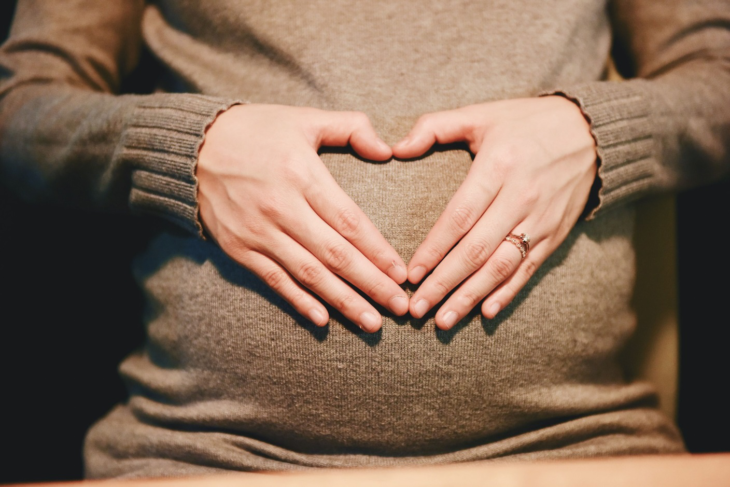Success Rate Statistics of IVF

IVF, just as any fertility treatment, is highly influenced by individual circumstances for success. What may work for one individual, or couple, may not work for another. Although the basic processes are the same, harvesting eggs and sperm, fertilization in a laboratory setting, implantation of embryo(s), or freezing for later use, there are many factors […]
Failed IVF: What Can Be the Cause?
For millions of people throughout the world, In-Vitro Fertilization (IVF) is a beacon of hope that making their dream of parenthood can become a true reality. No matter the circumstances that brought them to IVF, the journey can be a mental, emotional, physical and financial rollercoaster. While modern medical technology has increased success rates for […]
How the World’s First IVF Baby Has Changed the Lives of Millions
Last month we celebrated the 40th birthday of the first In-Vitro Fertilization (IVF) baby ever born in the world, Louise Brown. Since this historic moment, as many as 8 million babies have been born with the help of this revolutionary fertility treatment and assisted reproductive technology (ART). As the procedure advances, becoming more reliable with higher success […]
Fertility Treatment Options for Recurrent Pregnancy Loss

When a woman has experienced two or more miscarriages, it is referred to as recurrent pregnancy loss. Only about one percent of all women will ever experience recurrent pregnancy loss, but for those that do these repeated miscarriages are emotionally, mentally and physically devastating not only for her, but for her partner as well. Most […]
OVARIAN STIMULATION AND IVF
1. CONTROLLED OVARIAN HYPERSTIMULATION (COH) IVF success rates are dependent upon the number of the mature eggs and healthy embryos available for transfer. A patient undergoing IVF is given fertility drugs for two reasons: (1) to improve the growth and development of her ovarian follicles in order to produce as many healthy eggs as possible […]
Should I Use Donor Eggs Or Try IVF With My Eggs?
Using eggs from a younger donor can contribute to IVF success and significantly improve a woman’s chances of pregnancy. This is because the age of the egg is, in many cases, a more important factor than the age of the woman (if considered separately than her eggs) in influencing the likelihood of success from IVF […]
Alternative IVF Protocols
IVF is a constantly changing field that takes advantage of new research and technologies to help women overcome barriers in becoming pregnant. This has led to the development of a variety of protocols—processes or regimens—that IVF employs to help women, who otherwise could not, become pregnant and bear children. For many people, only when they […]
What Can I Do After a Failed IVF Treatment?
In Vitro Fertilization (IVF) has improved by leaps and bounds over the last two decades. It has been reported that IVF treatment resulted in 61,740 live births in the U.S. in 2012, compared to only 20,143 in 1998. But not all IVF procedures are successful. And if yours was not successful, you may not know […]
How to Stay Positive on Your IVF Journey
You just learned that your IVF procedure hasn’t worked out. You had been so hopeful, and now you’re disappointed. That is a normal feeling that many, if not most, women experience. There are many ways you can do to help you go forward. Know that this is just temporary. An unsuccessful IVF procedure is only […]
Should I test my embryos for BRCA gene mutation during my IVF cycle?

A recent announcement by Angelina Jolie has brought attention to BRCA gene mutation again and the increased risk of developing breast and ovarian cancer. She announced her “double mastectomy” to minimize the risk of developing breast cancer in the future. In the near future, she will also announce removal of her ovaries to minimize the […]









